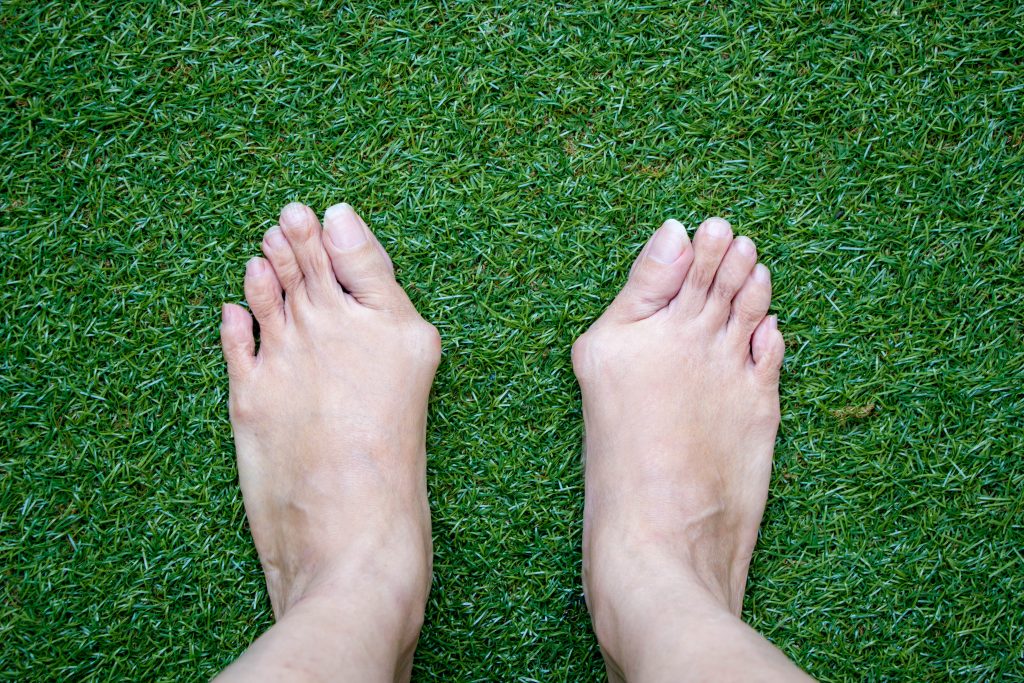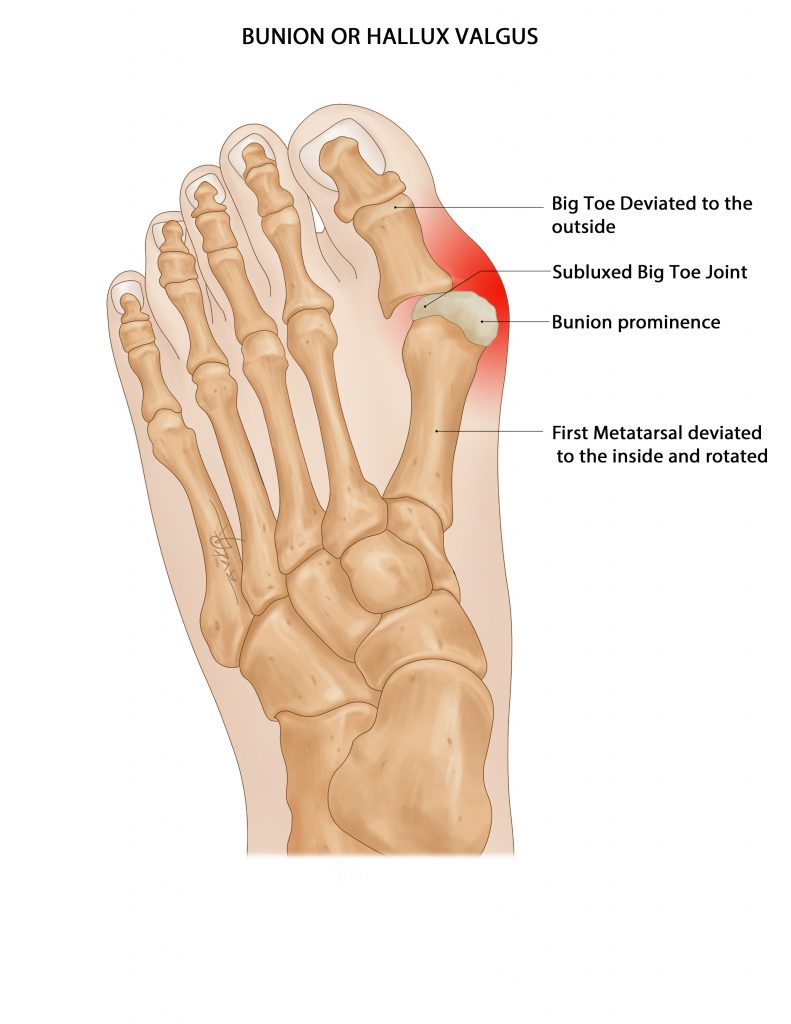Why Is Lapiplasty A Better Bunion Surgery?

What Are Bunions
Bunions are a deformity of the big toe that most people believe to be an overgrowth of bone. This is a misconception. It is in fact a shifting of the metatarsal bone’s placement. The toe then shifts in the opposite direction as a result. In addition, it has recently been confirmed that the metatarsal bone actually has a rotational deformity too. A bunion deformity can be classified as mild, moderate, or severe. A bunion deformity results in the metatarsal moving outward from the other metatarsal, rotating in position, and shifting up and down in place. Not only are bunions unsightly and painful, but they make the inner aspect of the foot structure incompetent.

Bunions can be very painful resulting in soreness, swelling, redness, and a loss in the range of motion of the big toe joint. Bunions can be exacerbated by improper footwear such as shoes with narrow toe boxes. They are more common in women and can run in families with abnormal bone alignments in the feet. Research shows that bunions are quite common in men too, but for a variety of reasons they do not usually present to physicians complaining about them.
Common Bunion Treatment
Bunion treatment can range from conservative non-invasive options to invasive surgical options.
Most doctors will recommend starting off by changing up your footwear to give your toes more space. Over-the-counter pain relievers and anti-inflammatories are also very common. Cortisone shots and prescription footwear would be the next step. These conservative methods can help manage pain and discomfort from the bunion to try to mitigate the need for surgery; however, surgery may be necessary if the deformity is severe enough or causes a significant amount of pain.
Osteotomy Surgery
First, know that there are about 130 described procedures to correct bunions. This means there is no consensus as to the best method.
Osteotomy is one of the most common surgical treatments for bunion correction surgery. This surgery involves shaving or cutting part of the protruding metatarsal bone and or first phalange to shorten and realign the bones to a more natural foot structure. Metal plates or screws are used to realign the bones and hold them in place during the healing process.
A cast might be worn for 3-6 weeks and weight bearing often must be avoided for 6-8 weeks following the procedure. Full recovery can take up to 6 months and for some recovery can take a year or more. Additionally, about one-third of patients are not satisfied with the results of their osteotomy surgery and the bunion can reoccur as the surgery does not address the root cause of the bunion problem.
Lapiplasty Surgery
Lapiplasty surgery is a newer, less invasive, and potentially lower-risk bunion correction surgery. Lapiplasty focuses on realigning the metatarsal and phalange back into their natural position by correcting all three planes of deformity.
During this surgery, the bone is not cut but rather realigned and secured in the natural position. The deformity is addressed at the metatarsal-cuneiform joint. Osteotomy surgery leaves a new unnatural structure in the foot that is still unstable which might be why the procedure has a tendency to fail at a rate of up to 70%. Since bunions are a 3-dimensional deformity a procedure that corrects all 3 dimensions is required. Osteotomies only correct 2 of the 3 dimensions. Lapiplasty surgery failures are reduced to only 3-5% according to current studies.
Lapiplasty recovery time is also shorter! You can be back on your feet sooner. Most surgeons that perform this type of bunion correction will allow patients to walk (in a boot) as early as one week after surgery.
Looking to correct your bunion? Schedule a consultation at Warner Orthopedics & Wellness today!





